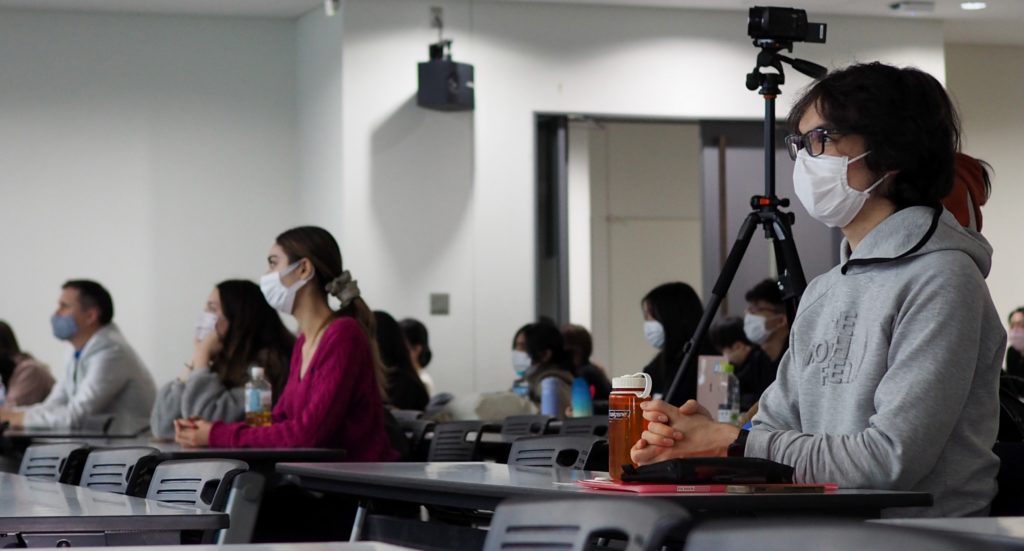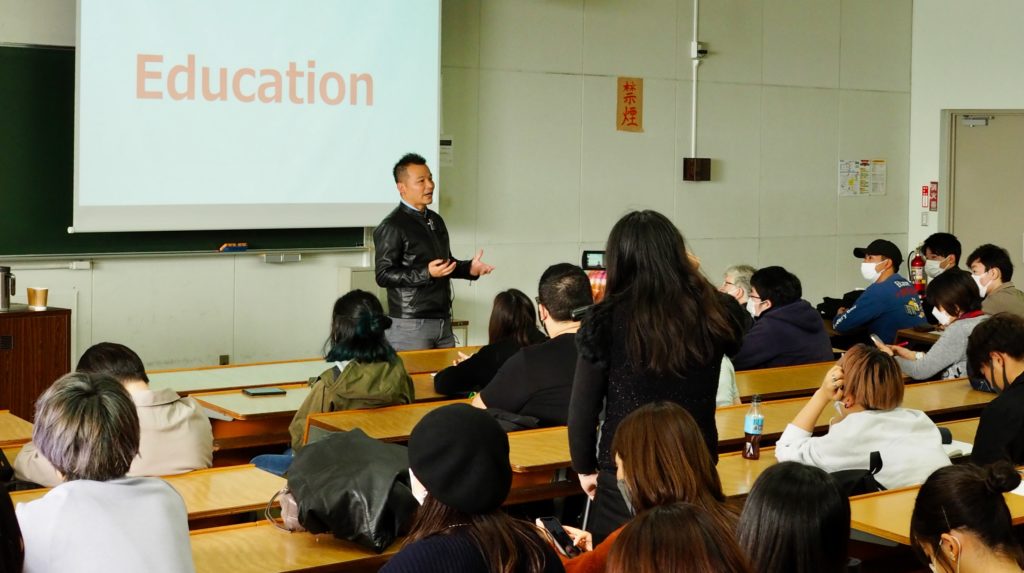Classroom dynamics. We hope teachers will bring a high level of enthusiasm to their teaching and try to create a friendly, “safe” classroom atmosphere where students will be encouraged to take risks in communicating with others. At the same time, teachers need to maintain high standards of engagement and discipline. Here are some specific tips:
1. Create a seating plan for each class with each student’s name and photo. Time and again, students note in their evaluations how pleased they were that their teacher knew their names. Using a student’s name is also an excellent way to manage a class, to encourage students to contribute, and, if necessary, to ask a particular student to pay more attention or to desist from interrupting others. Some teachers create simple paper seating plans and ask students to contribute photos, or the teacher takes their own photos. The classroom management app called iDoceo can streamline this process. (https://www.idoceo.net/index.php/en/)
2. Even more effective is to combine a seating plan with a “learner profile” of each student, recording their interests, part-time job, clubs, etc. This will help you to get to know your students better and even to counsel them if they begin falling behind in their assignments because they are working too hard at their part-time job or have too many social commitments.
3. In your first class, insist that your students move up to the front. This will encourage more interaction and it is essential for better language teaching. It sets the tone for your class. It marks a contrast between your class and those lectures where students move to the back of the class and often lose their focus.

4. Trying to create better rapport with, and between, students is essential, particularly in Japan (foreign teachers especially need to be aware of this cross-cultural difference). When such rapport is lacking, motivation decreases; students become uncooperative and fail to learn.
5. Adopt a positive and encouraging attitude towards students. Avoid making negative criticisms, condescending remarks, and sarcastic ones that discourage students. Learn how to make constructive criticisms of students in a way that encourages them to achieve higher levels of performance.
6. Other motivational techniques include sharing your enthusiasm for teaching and showing that you value learning languages. Mention circumstances, such as travel and business, where a mastery of English will prove useful.
7. Recognizing your students’ progress and achievements, and helping them to set their own language learning goals and ways of monitoring their progress.
8. Be yourself and share your experiences with students. Try to use humor in your classes to help your students feel relaxed.
9. Use variety in your teaching materials, but also establish certain expectations of how tasks are to be done and be clear in your instructions and these expectations.
10. Avoid being too opinionated or insistent on your own views. Teachers should see themselves as facilitators in class. Teachers need to help students reach their own conclusions rather than look at our classes as platforms to advance their own opinions or personal agendas.
11. While there is a need for firmness in dealing with discipline problems, being too authoritarian or “strict” often exacerbates problems. Losing one’s temper is even worse. Focus on resolving the immediate problem and on dealing with a particular student rather than on venting your frustrations and creating a tense atmosphere in your class. Trust and respect students, and expect trust and respect in return.
12. Students frequently want to participate in class, but for various reasons may feel inhibited. This behavior may be misinterpreted by their teachers as being uncooperative). Rather than simply expecting students to actively participate in class, give them specific opportunities to do so.
13. Including more interaction in the classroom can significantly increase student motivation and initiative. Classes that are too teacher or textbook-centered often fail to motivate students because students are only expected to passively absorb the material rather than to actively engage with it.
14. Involve students in parts of the classroom decision-making process. Recognize that students have different interests and different learning styles, which should be taken into account. The use of English in class is something that can be very effectively negotiated with students. If they feel that they have helped establish the rule, then they have a greater incentive to follow it.
15. Set high standards and then show students how to achieve them. Students who have only learned English for entrance examinations may not know how to actually use the language. Students need to “learn how to learn” and teachers should constantly be giving students tips on effective learning strategies.
16. Students frequently become bored with “fun,” easy tasks and soon lose their motivation. Challenging topics or tasks may seem difficult at first. However, students will respond to the topics positively and become highly motivated if they are shown how to prepare for them properly and given ample space for creative input.
17. Homework which simply involves completing set exercises often fails to motivate students. However, homework that seems purposeful and interesting and actively engages the students’ skills and creativity can be highly motivating. The teacher must also respond to any homework that he or she has assigned. One very effective technique is to ask students to prepare homework that other students will respond to. The newspaper discussion task is a good example.

